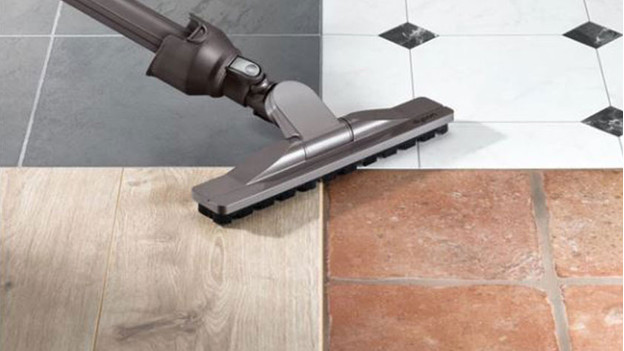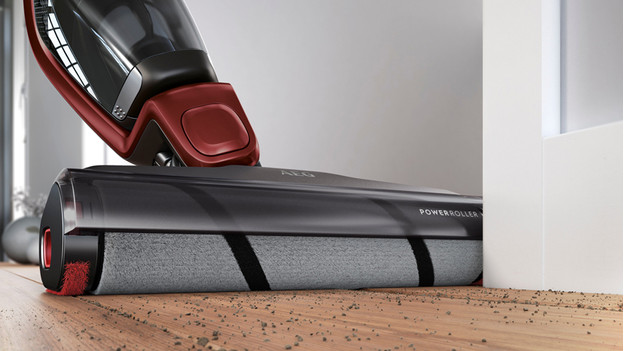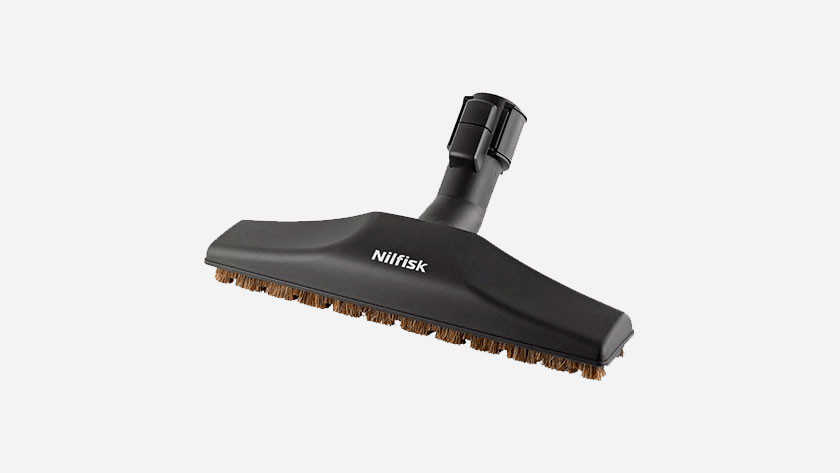
How do you choose a vacuum for hard and wood floors?
Suction power

With most vacuums, you can adjust the suction power manually. That's useful if you have a hard or wood floor. Fixed floors like tiles or parquet need a higher suction power. With loose floors like linoleum, tarp, or laminate floors, it's not useful to set the suction power to the highest setting. That's because the vacuum brush could draw vacuum to the tiles.
Vacuum brushes for hard and wood floors

If you have a regular vacuum or stick vacuum and have a hard or wood floor, you can choose from 2 vacuum brushes. There's the mutli-surface brush and the parquet brush. For stick vacuums, the parquet brush looks different than it does with regular vacuums. The function is the same, it prevents scratches on your wood floor. The parquet brush of stick vacuums has soft rotating bristles. Vacuums that are made for wood floors include a parquet brush by default.
Multi-surface brush vs parquet brush

Multi-surface brush
You can use a multi-surface brush on all hard floors, except for wood floors. You do have to be careful with loose floors. Because this brush doesn't have long bristles like a parquet brush, there's a chance that the brush gets stuck to the floor if you use a lot of suction power. If you have loose floors like laminate or vinyl, we recommend a parquet brush.

Parquet brush
You use a parquet brush for vulnerable, wood floors. This brush has longer and softer bristles that won't leave scratches. You should also use this brush if you have loose floors. Because of the long bristles, there's more space between the floor and the suction brush. That way, you won't draw vacuum to the floor and the brush won't get stuck.


